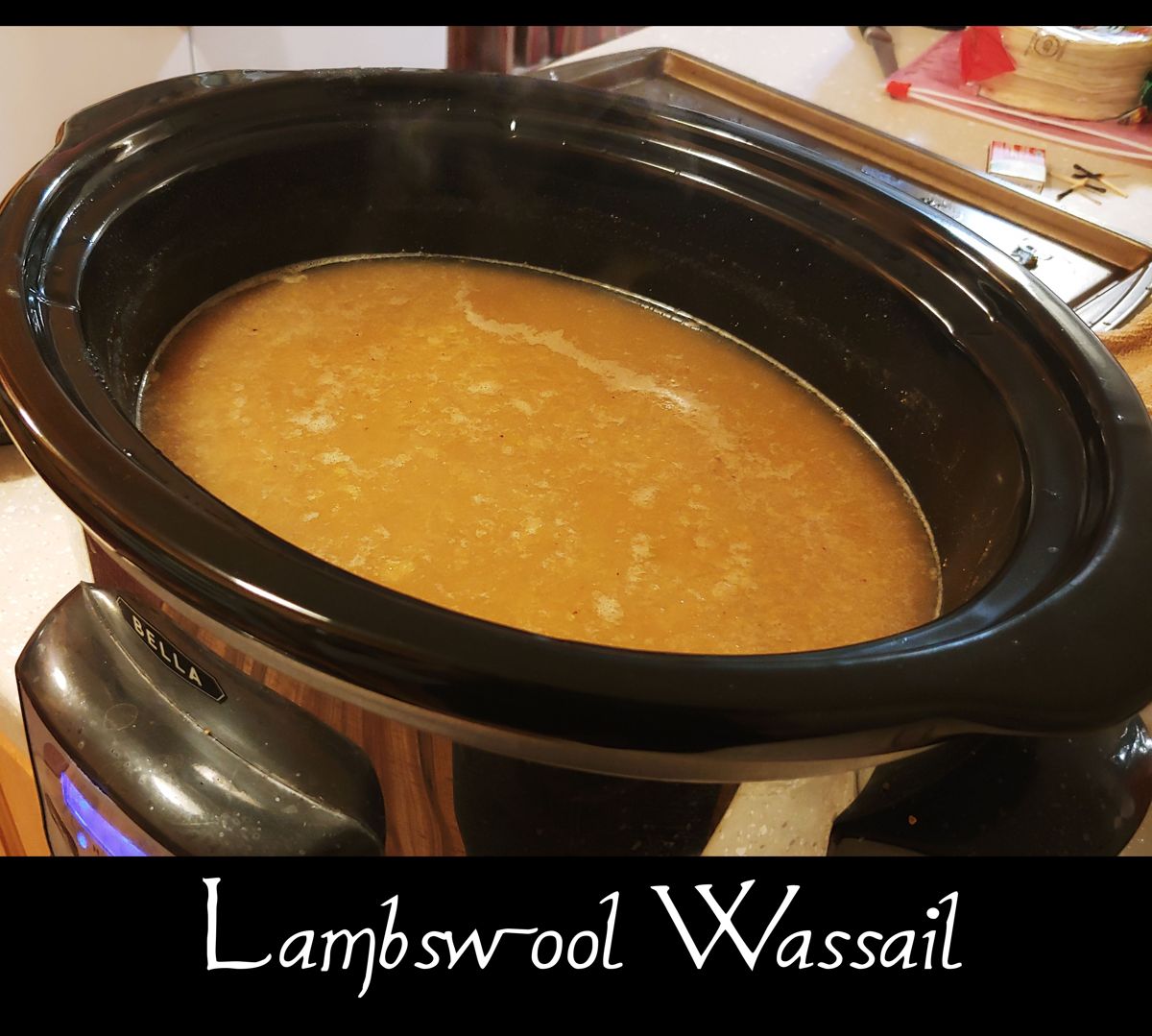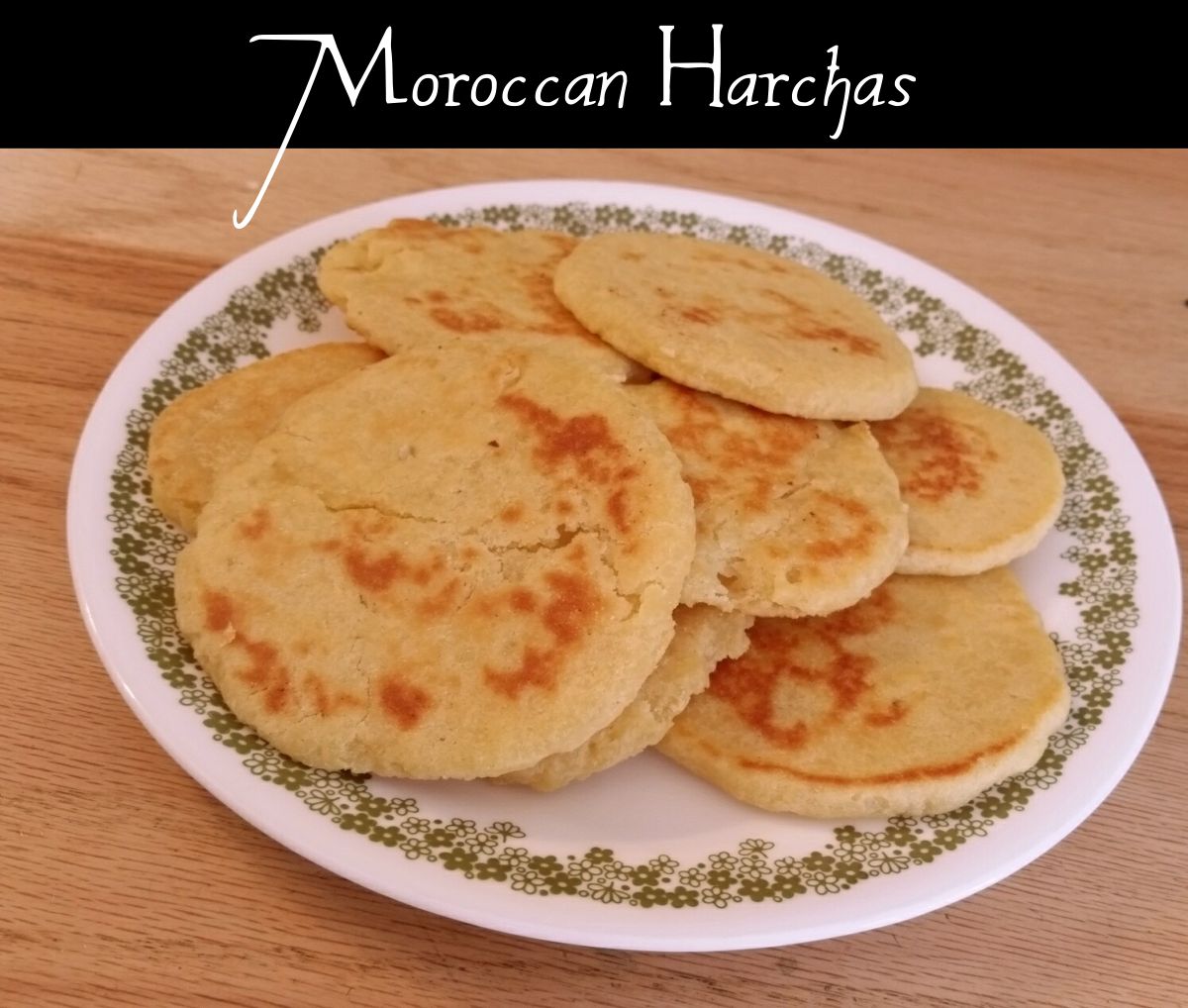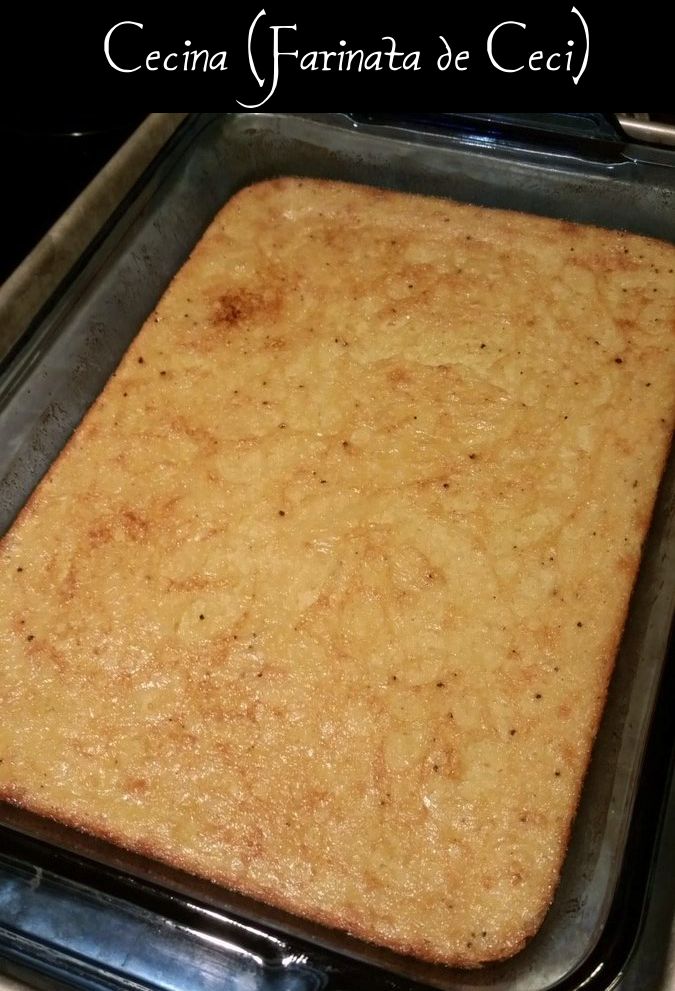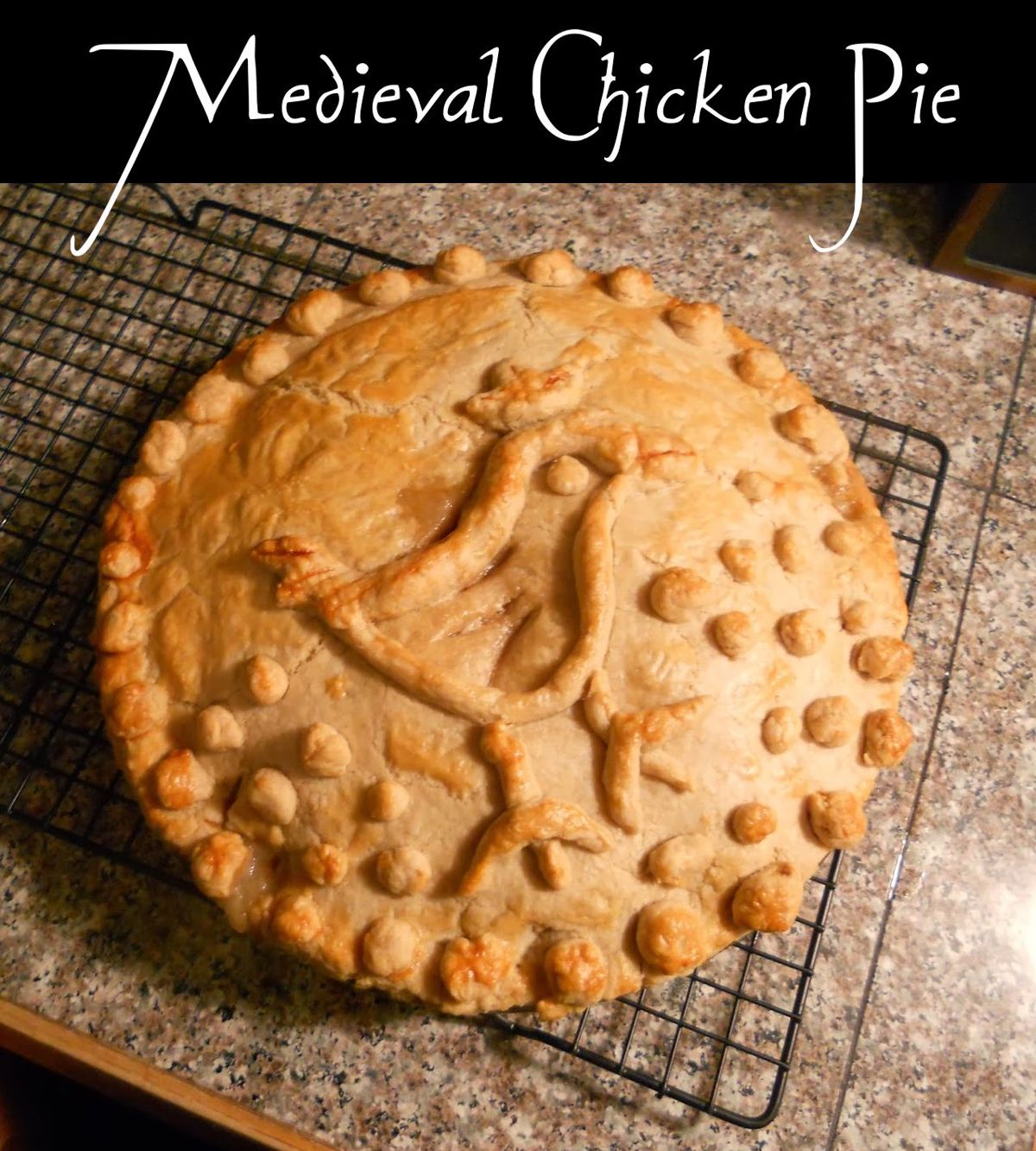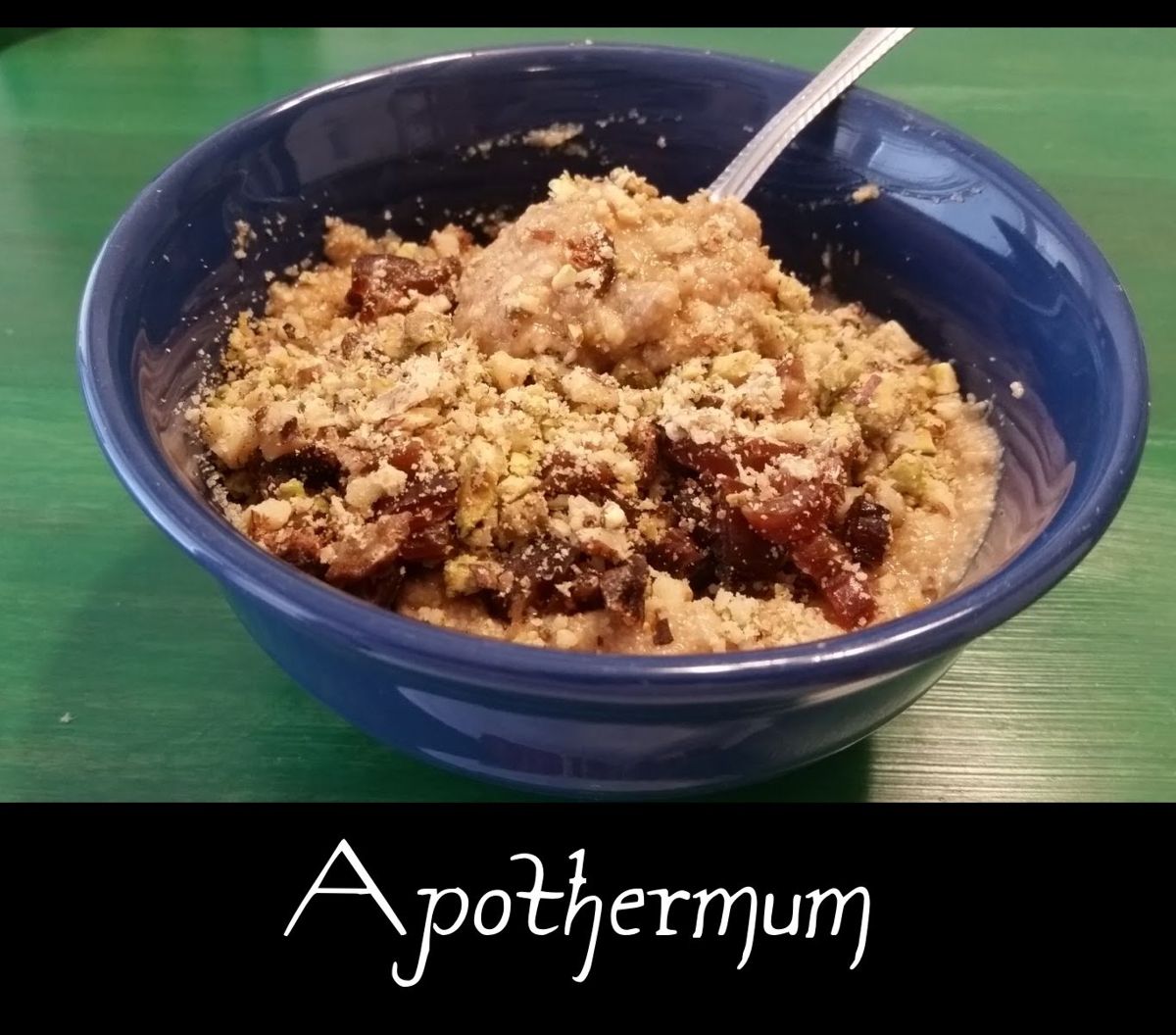Bisket Bread
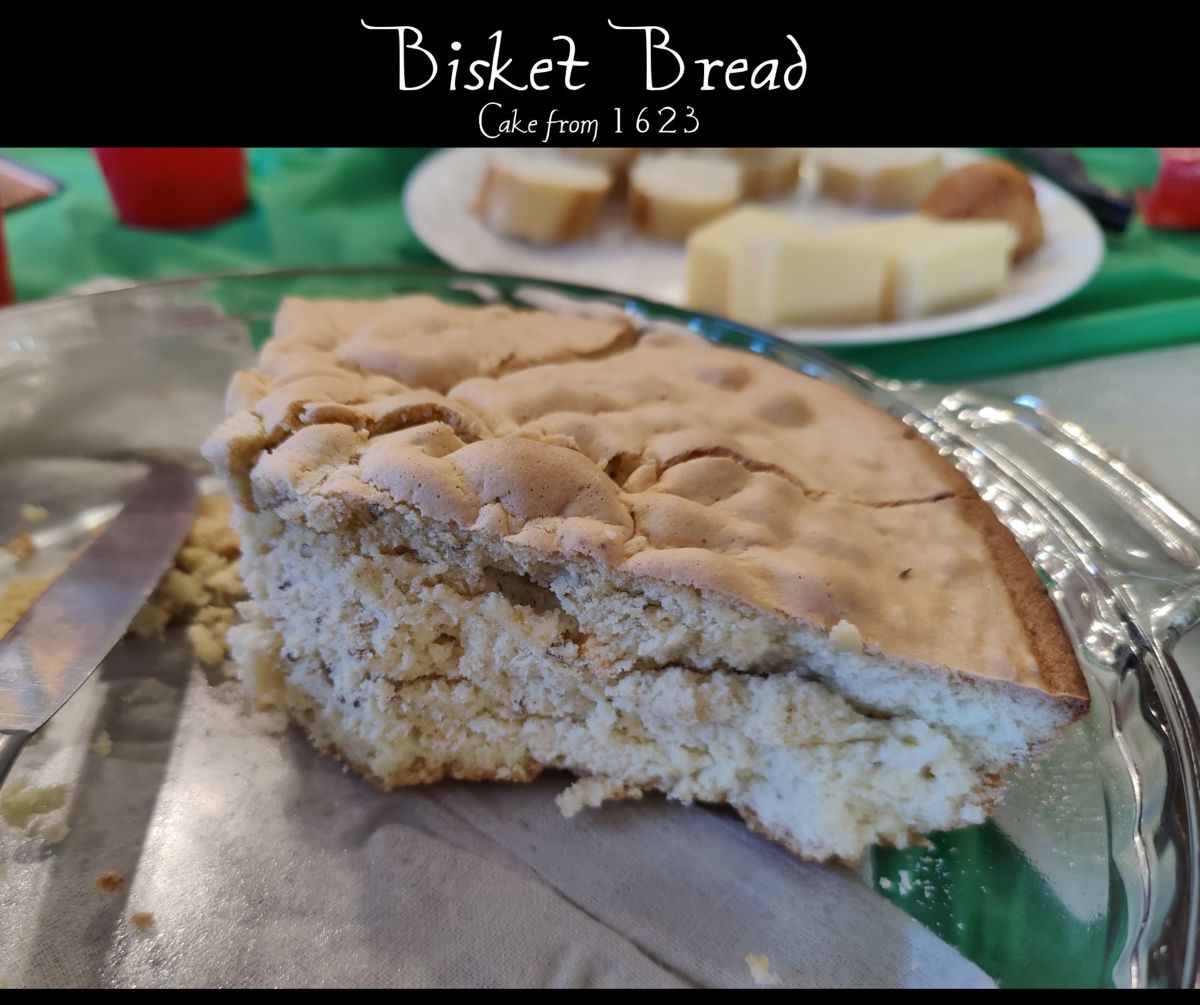
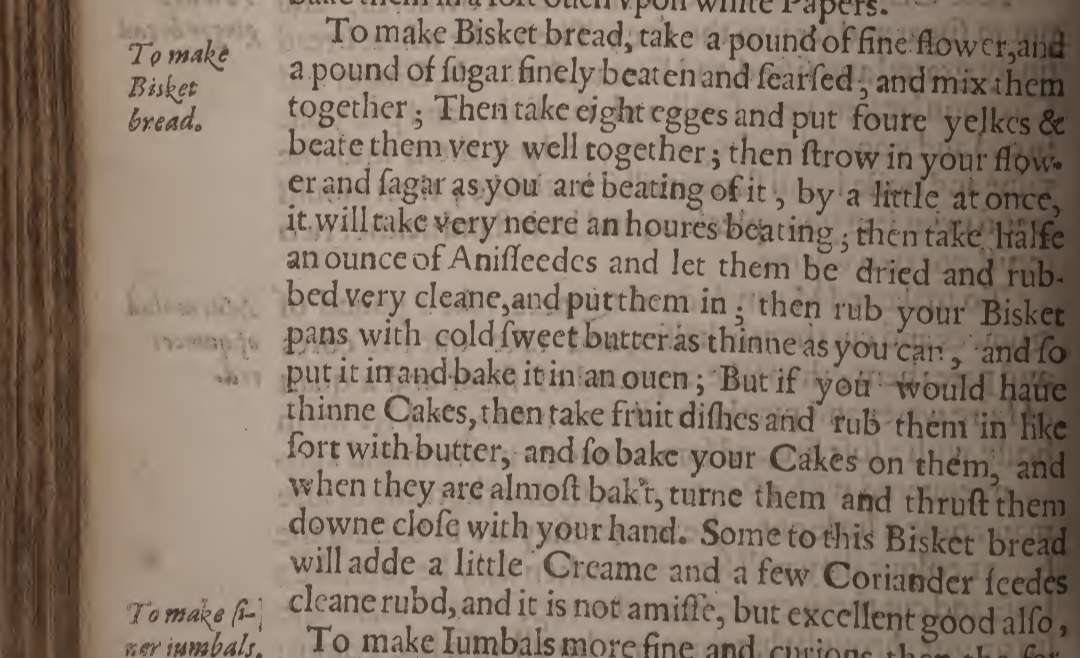
Recipe from Country contentments, or The English huswife. by Gervase Markham, published 1623. Above you can see a scan of the original text. The book can be read at archive.org. This is known to be the oldest found recipe for pound cake.
Very unusual for a historic recipe to have specific quantities listed, so that is helpful. I based my baking instructions on an analysis of the recipe found on cupcakeproject.com.
I cut the recipe in half because it is huge, and I used only whole eggs, for the sake of convenience. To be more medieval, the flour should be whole wheat but soft and finely milled. (I used to be able to buy whole wheat pastry flour. It was perfect for medieval recipes. I miss it.) The sugar should be raw sugar, or brown sugar if that is more available. Sugar was crystallized in this time period, but from what I can tell it was another 100 years or so before sugar was so purified that it resembles the white granulated sugar of today.
½ lb flour ½ lb sugar 6 eggs ¼ oz fennel seeds or star anise ¼ oz coriander 1/8 oz dried orange peel or fresh orange zest
Grind the fennel/star anise, coriander, and orange peel in a mortar with a pestle, until the spices are as fine as you can get them. Remove any remaining large pieces.
In a medium bowl, stir together the flour, sugar, and spices.
In a large bowl, beat the eggs until mixed. Slowly add the flour mixture while beating on medium-high speed with an egg beater or stand mixer. Continue to beat for 10-20 minutes (my egg beater was getting worryingly hot at 10 minutes, so I stopped).
Grease a 9”-10” circular cake pan and preheat oven to 350° F. Bake cake for 35-40 minutes, until a toothpick comes out clean.
#anise #cake #coriander #dairyfree #dessert #egg #fairyfeast #fennel #historical #orangezest #sugar #vegetarian #wheatflour
